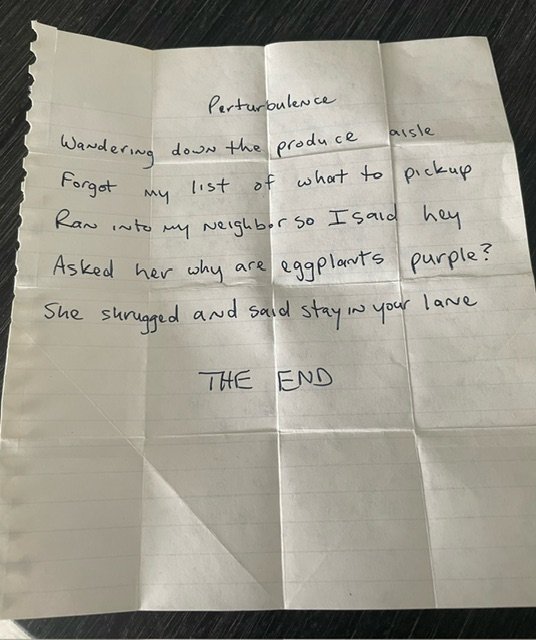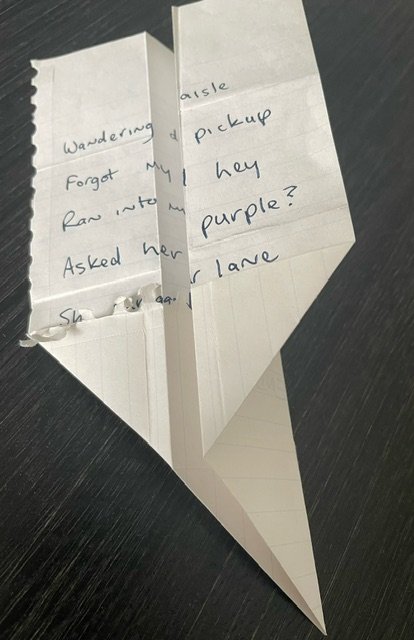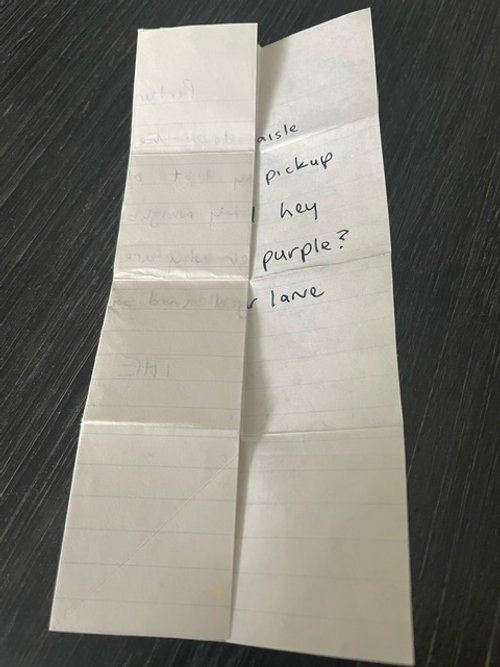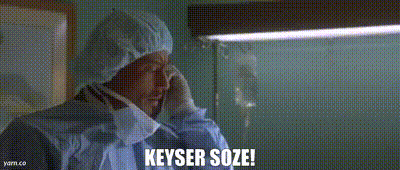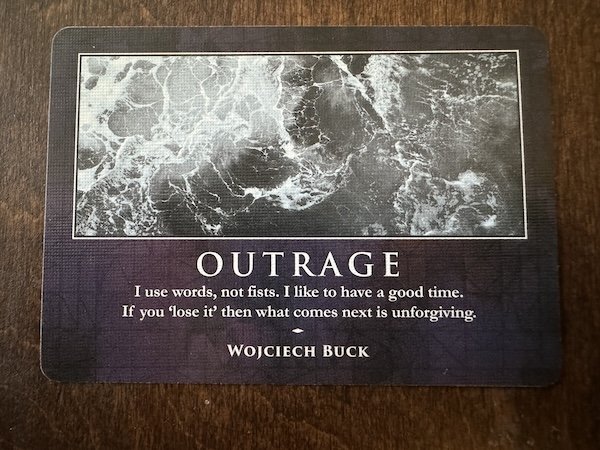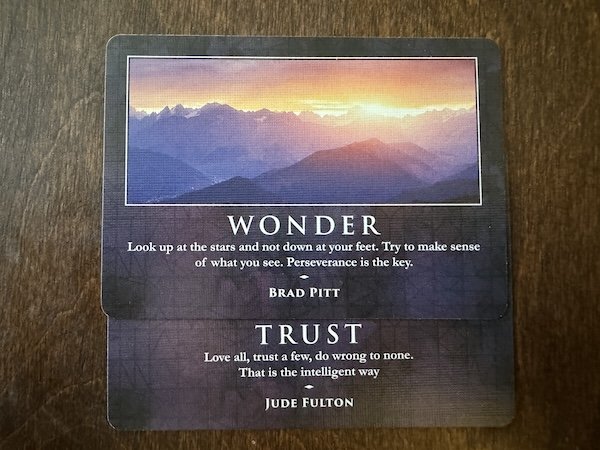This post looks at the story told in yesterday’s post. If you haven’t read that yet, you’ll want to do so first.
Yesterday I said I would write about my two takeaways from that story. After writing up this full post, I realized there was one point I wanted to shine a particular light on. It’s important, especially for the audience that reads this site, and I don’t want to dilute it with the second point (which I’ll include in Friday’s post).
One thing to note about yesterday’s story is this: James performed the same “time travel” premise in a more standard setting first, and the reactions were unremarkable.
The takeaway from that is that you can’t just slap on an otherworldly premise to a trick and make it better. If you’re still performing that trick in a standard way, then it’s likely going to just come across as a typical trick with somewhat more interesting patter. But to really get someone to get lost in the premise, you’ll probably need to do something special with the environment or the situation in which you’re performing it.
Here’s an example:
If I say, “I found this metal disc in an area where they say a UFO crashed.” And then I make it jump from hand to hand, and make it disappear—that’s an incredible premise, performed in the most basic manner. Not only does it not add much to the trick, it also sort of burns that premise for future tricks with that person.
But if we’re on a road trip and I suggest taking a short detour, and we park near a field and walk around, and I mention people said a UFO crashed here 16 years ago, and they’re still finding weird pieces of the wreckage to this day. And I find a little metal disc and ask you if you think it could be anything. And then it jumps to my other hand and vanishes. That’s going to burn itself into your brain as a particularly memorable trick.
Same exact trick. Same exact premise. But in one trick the premise is slapped on, and the other it’s truly a focus of the experience.
This is the lesson I’ve really been starting to understand the past few years:
Don’t waste a genuinely mythical premise on a performance that’s too straightforward.
It’s okay to hold back a little and not always be trying to give them something with an spellbinding storyline.
I used to always want to give a trick a really wild premise. But in certain circumstances, that just negates the premise. And in the long-term, when performing socially, it can get people to disregard your premises entirely. If you always have some crazy story for a trick, then that will just be seen as what you do: perform tricks with crazy stories.
But if sometimes your tricks are “just tricks” then it makes the ones with extraordinary premises really stand out.
This is a pacing thing that I’ve been learning. Instead of every trick feeling like, “Here’s the craziest thing,” or, “You’re never going to believe this.” I’m trying to spread those moments out and make sure I have a lot of, “Here’s something interesting,” or, “Here’s a cool trick I just learned,” moments. Lower key premises and presentations.
I’ve always done this. Even at the very beginning of my site I was writing about the Peek Backstage style, which has no premise other than, “Here’s a trick I’m working on.”
But in the past I always thought of that as something to use when I can’t think of a particularly good premise for a trick.
But now I’m becoming better at letting the premise fit the performing environment.
If we’re just sitting on the couch hanging out, I don’t want to introduce a time travel, or haunted object, or multiverse premise. It’s just too much for that moment. Those types of premises need a bit more build up. If we’re hanging out on the couch, then I’m going to show you a “trick I’m working on” or “a cool psychological thing I read about” or a “fun game I used to play.”
Those are all things that fit that environment.
The more fantastical premises should not be something you casually toss off while sharing a pizza.
I was dating a girl once, and on the first night we hooked up, she had the most insanely intense orgasms I had ever experienced with someone. On a scale of 1 - 100, her orgasms were a 100 with two big Os. She would scream and gyrate and collapse into a smiling, quivering mess. It made me feel like a true master of her body. Whether it was a quickie bent over the kitchen table, or a romantic evening with hours of build-up, her orgasms were earth-shaking. I had perfected the art of satisfying her sexually.
It didn’t matter if I had my hand down her jeans at a drive-in movie theater, or we were hooking up on a secluded beach, or having sex when I’m barely awake after she rouses me in the middle of the night, or…
oh… I realized… it’s not me. I’m not doing anything special. This is just how she orgasms.
When every sexual interaction gets a mind-blowing response, you begin to sort of disregard the response altogether
Similarly, if every trick you do has an incredible story attached, then your audience can begin to see that story as almost a formality. But if you can hold back a little, and save your truly phenomenal premises for special situations, then you can maintain the power of those premises.
Of course, if it’s someone I only perform for once a year or something, then I can hit them with something really strong each time I see them. It’s the people that I perform for more regularly that I want to hold back on a little. I dont want them to become accustomed to the unreal.
I shoot for something like an 80/20 distribution. 80% of the time I want to be showing them really good, strong tricks, ideally with an interesting or intriguing premise. Then 20% of the time I want to take them on a journey and blow their brains out of their ears.
In a way, I see the 80%—those four out of five tricks—as being part of the set-up to that final trick. Those tricks are setting expectations. So when that final trick with the unbelievable premise hits them, it feels like it’s on another level than what they were accustomed to.







